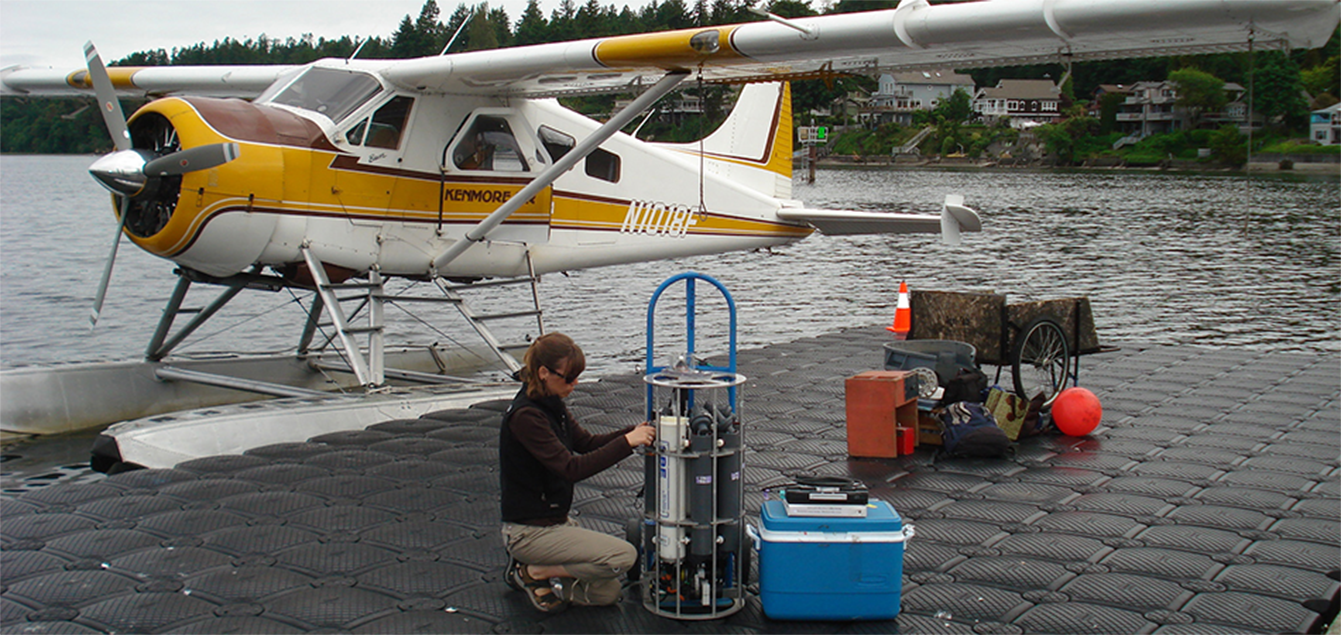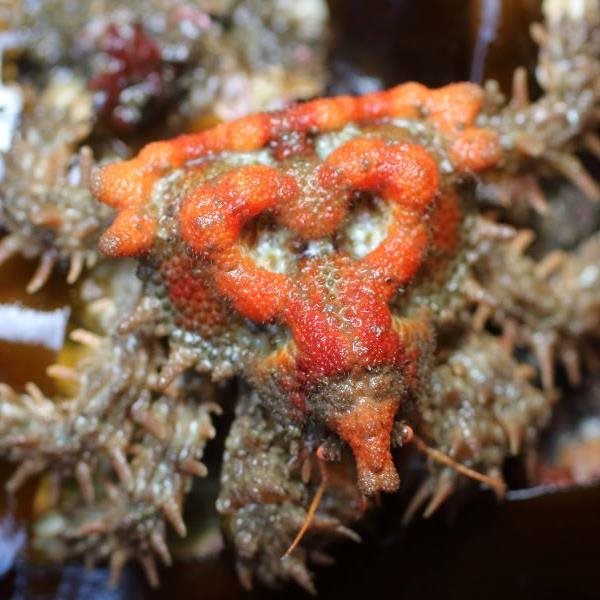Puget Sound science
Protecting and restoring Puget Sound is a priority for us. Our scientists and researchers developed long-term monitoring programs to track the health of Puget Sound and have been doing so since the mid-1970s. The data and observational information collected over the years have been used by numerous state agencies, tribes, universities, and local governments to make policy decisions and recommendations to improve the health of the Sound.
Ongoing science informs decisions
The future of Puget Sound is dependent on understanding what is happening within its waters and the effects on the ecosystem. The data we collect allow us to detect both long-term patterns and short-term changes. Our research identifies pollution and conditions impacting the Sound. This information allows us to recommend prevention efforts and cleanup activities.
Marine water conditions & surface observations
We take to the air and travel by boat to obtain high-resolution aerial photo observations and gather water data at our monitoring stations and state ferry transects. This provides us a visual picture of the health of Puget Sound, and you can read the latest observations in our monthly Eyes Over Puget Sound observations report.
We also track surface conditions and collect data on the water column to detect long-term trends. Some of our work includes assessing the changing conditions in the many estuaries of Puget Sound through the Marine Water Condition Index. The data we collect includes dissolved oxygen levels, nutrients, turbidity, salinity, pH, and flow patterns.
Sediment and benthos monitoring
Puget Sound sediments provide critical habitat for bottom-dwelling invertebrates and fish. We collect and track data on the sediments and the invertebrates, known as benthos, that live within them. They are a vital component of the Puget Sound ecosystem.
Toxics studies
Exposure to toxic chemicals can cause harm to human health and the animals exposed to them in the environment. Infants and children are especially at risk. Because of this, we study which toxic chemicals reach Puget Sound, how they get there, and potential actions that can reduce or eliminate toxic threats.
Salish Sea Modeling
We’ve developed a computer modeling tool called the Salish Sea Model. It allows us to run virtual experiments that we cannot do in real life, and includes Puget Sound waters. One example of its many uses is assessing how water quality might change under different scenarios, e.g., increases in air temperatures; changes in river flows due to climate change; or reductions in nutrient loading by removing human sources of nitrogen entering the water.



